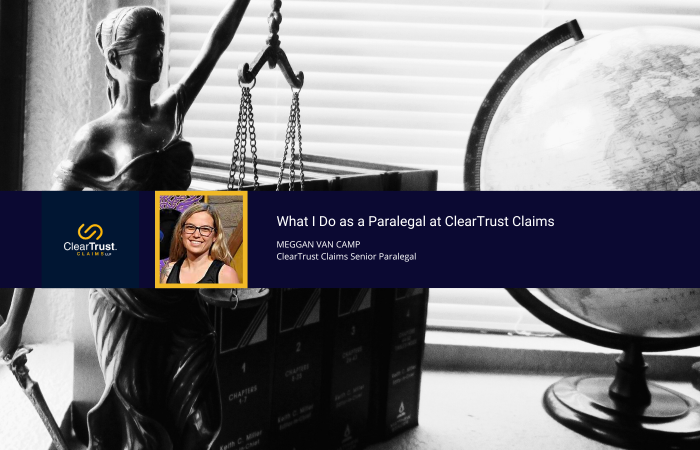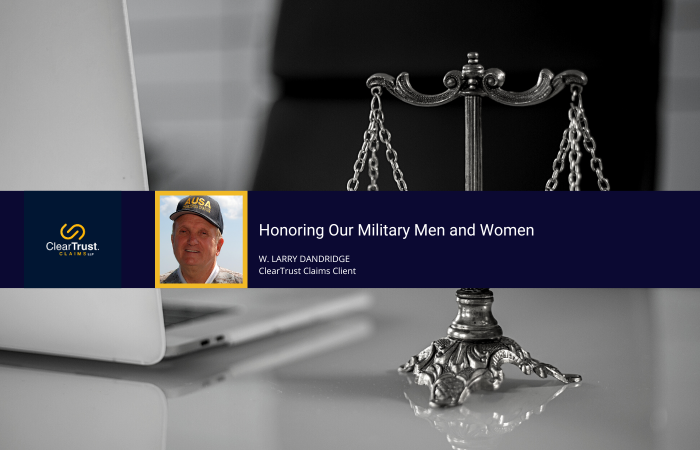In the 1970s and 1980s, the courts were flooded with thousands of personal injury suits filed by asbestos victims or their survivors. Various approaches were tried to manage that flood. None of them worked until the Johns Manville Chapter 11 bankruptcy proceeding. In 1994, Congress added subsection (g) to -section 524 of the Bankruptcy Code which was modeled on the Johns-Manville solution. Section 524(g) allows a company to create a trust and place all of their current asbestos claims as well as projected future claims in that trust to be paid with assets the debtor transferred the trust.
Pursuant to the Trust Agreement, under the supervision of the Bankruptcy Court, the Trustee of a 524(g) trust is to manage the trust, including its assets, and manage the administrative process for the payment of the claims. The “Trust Distribution Procedures”(“TDP”) adopted by the trust govern the filing, review, valuation, and payment of claims.
The 524(g) trusts have served their purpose of relieving the burden on the courts and providing a more efficient way to handle asbestos claims. Since their creation over a million claims have been submitted to the 524(g) trusts, which currently number approximately 60. The trusts have paid billions in claims over the years. For example, collectively they paid $31 billion during 2004-2020. It is anticipated that 524(g) claims process will go on for the next 10 to 20 years.
The trusts are managed by the Trustees for the sole benefit of the present and future claimants. Pursuant to section 524(g), those claimants are represented by the Trust Advisory Committee (“TAC”) and future claims representatives (“FCR”). Lawyers representing present claimants and future claimants control the TAC and FCR. An amendment of the TPC requires approval of 80% of the TAC and of the FCR.
The trusts have faced a lot of criticism and scrutiny. The control that plaintiff lawyers exercise over the 524(g) trusts at the core of the criticism:
“The structure of the asbestos bankruptcy trust system, which gave control of the governance and payment criteria to asbestos plaintiffs’ attorneys, proved over the next two decades to be rife with fraud and abuse. In several tort cases, disclosure of trust forms revealed that exposure allegations made to the trusts had never been disclosed to the defendants in the claimants’ subsequent court case. “
(U.S Chamber-Institute for Legal Reform-February 2016-“Insights & Inconsistencies,” page 4.
“In essence, this system permits the same firms that stand to benefit when the bankruptcy trusts pay claims to write the requirements for payments by those trusts.” (Id.)
The U.S Chamber has not been the only critic of the manner in which the trusts are operated. Members of Congress and the US Department of Justice are two of them.




